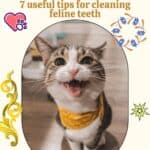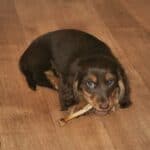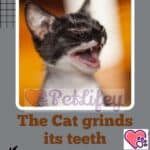What are the signs and problems associated with cat dental malocclusion? Everything you need to know from the causes to the possible treatments.
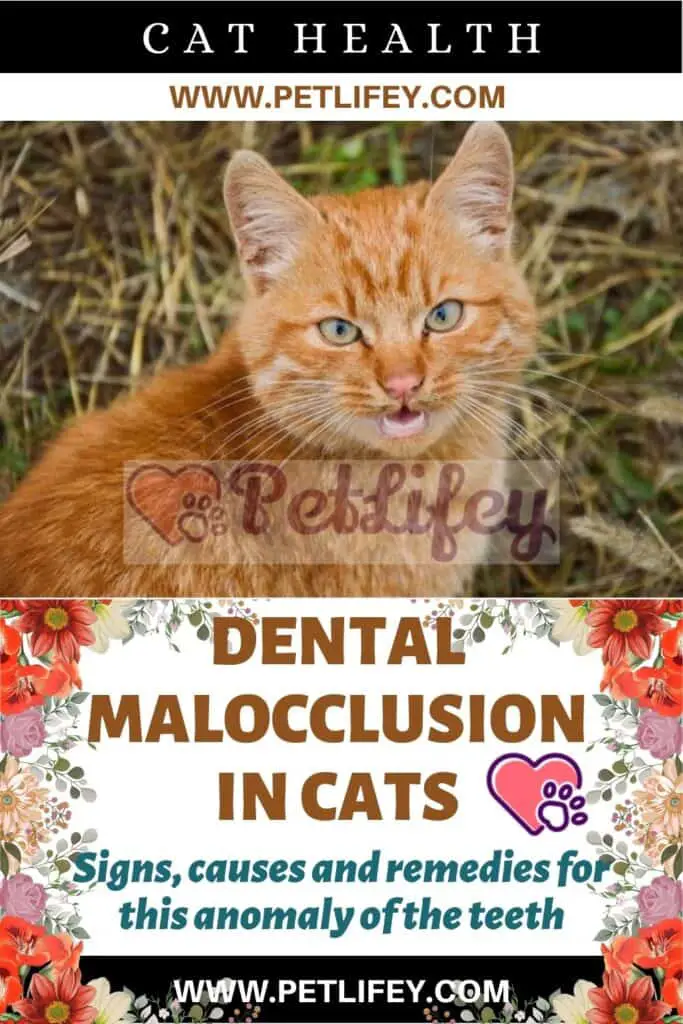
If the mouth does not close properly it is not just an aesthetic question, on the contrary: the cat’s dental malocclusion can create a series of problems and discomforts that negatively affect the style and well-being of the animal. that’s why it’s important to pick up on the signs early on, so that you can address the problem before it gets too serious. Everything you need to know about this dental anomaly in felines.
The cat’s teeth: some curiosities to begin with
He uses them to bite, grab and eat, but what do we know more about our pet feline’s teeth? In all there are 30, at least in adult specimens, while in puppies the milk teeth (or deciduous teeth) are 26.
In the lower arch, or mandible, there are 14:
- 6 incisors,
- 2 canini,
- 4 premolari,
- 2 molars.
In the upper arch, on the other hand, or jaw, the number of teeth is the same except that of the premolars which is equal to 6. In a kitten the first milk teeth begin to appear after about the 16th day.
Already around 3-4 months, the milk teeth will begin to fall out to give way to the definitive ones, whose growth will take place completely around 6-7 months of life. In this period the cat may feel discomfort and pain that will prevent it from eating regularly, but this is normal: it will pass!
Dental malocclusion in cats: possible causes
Among the various problems to the teeth of the cat, in addition to gingivitis in the cat and problems with plaque and tartar, there is also that of malocclusion, an anomaly in the position of the teeth, which involves a bad closure of the two dental arches.
The problem therefore could be a different length between jaw and jaw, due to hereditary problems. Another cause could be that the milk teeth have not completely ‘retreated’ (at least their roots).
When the deciduous teeth do not fall out, it is possible to see a double row of teeth (milk and permanent): the first signs of this problem can be visible from a young age (in the period in which they usually change them).
Finally, but especially in elderly specimens, malocclusion can also be the result of a trauma or infection and, in the worst cases, a tumor in the cat’s mouth.
Dental malocclusion in cats: risks and treatments
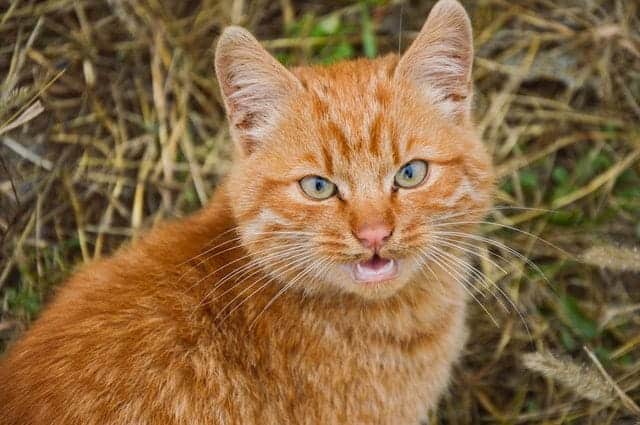
Certainly if a cat does not close its mouth well and the two arches do not coincide perfectly, it is not just a matter of aesthetics, on the contrary. The cat may:
- have difficulty chewing,
- suffer from loss of appetite (because he cannot chew),
- causing wounds on the soft parts of the mouth,
- cause infections and inflammation.
But can this problem be cured? In reality, when it comes to a particularly serious and disabling anomaly for the feline’s health, it must be corrected as a puppy, around 4 or 5 months with a surgical operation.
Our task will be to check on our own the state of growth of the kitten’s teeth and to immediately take him to the vet, if we notice any strange signs of dental malocclusion.

